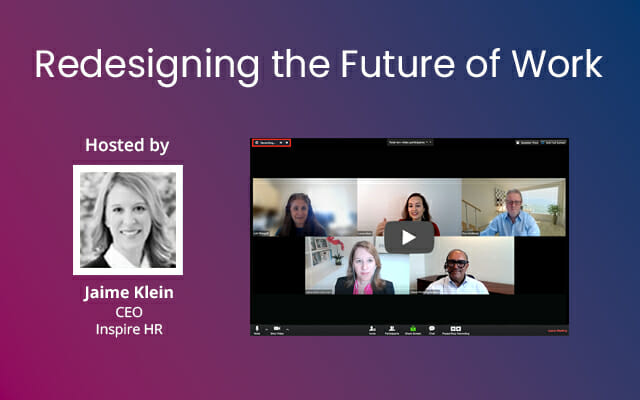
Transgender in the Workplace: How To Create An Inclusive Environment
OCT 07, 2016
Transgender in the Workplace: How To Create An Inclusive Environment
The life of a transgender person is filled with challenges and discrimination, especially when it comes to the workplace. While more and more lesbian, gay, and bisexual workers have made their presence known at work, transgender employees have historically tended to lag behind in terms of visibility. They have been so far under the radar that the Equal Employment Opportunity Commission (EEOC) only began tracking workplace complaints by transgender employees in January 2013. According to the National Transgender Discrimination Survey, 90% of transgender workers reported experiencing harassment, mistreatment or discrimination. A quarter of survey respondents said they had been fired from a job for being transgender, and a quarter reported having been denied a promotion.
While transgender workers continue to face an uphill climb, notable progress has been made, particularly in corporate America. A growing number of companies like Nike, Microsoft, Ernst & Young, Chevron and Google, are smoothing the path for transgender employees. According to The Human Rights Campaign’s annual Corporate Equality Index, two-thirds of the Fortune 500 and 89% of the nearly 800 businesses examined in the study now offer gender identity non-discrimination protection and more than half of all businesses in the study offer transgender-inclusive healthcare coverage.
As knowledge and understanding of transgender workplace issues continue to improve, more businesses need to re-evaluate their policies and programs to ensure that they are creating the fairest and most respectful work environments possible. Here are some best practices that we recommend companies consider when becoming transgender-inclusive:
1. Make confidentiality paramount.
When an employee transitions in the workplace, it should be handled with the same sensitivity and confidentiality as any other life event (e.g., illness, family issue). Human resources professionals and supervisors should be trained to maintain the privacy of the transgender employee at all costs, regardless of how they learned that the employee was transgender.
2. Facilitate an open dialogue about preferred name and pronouns.
It is best to initiate an upfront discussion with a transgender employee about what name and pronouns the person wishes to use. The employee’s preference should be accommodated and the employee should be referred to as requested, including on ID badges, email, business cards, and other work-related documents. Managers, supervisors, and coworkers should all use the name and pronouns appropriate to the gender the employee is now presenting at work, including in employee records and in internal discussions.
3. Create a gender transition plan.
It is important to have a clear plan in place the moment an employee informs an employer that he or she has initiated the transition process. This gender transition plan should include how and when the employee wants to transition to the use of a new name and pronouns. Does he or she want to communicate the change directly to coworkers or leave this responsibility to the supervisor or human resources? We suggest setting a date for the workplace transition so that there is enough time to coordinate the internal resources needed to execute the name change. The transition plan can also address company resources available for support during the transition, an agreement about which restrooms will be used, and a protocol for how complaints from other employees would be addressed.
4. Provide education and training.
Make your workplace culture as welcoming as possible and reiterate expectations for workplace fairness by educating all employees about transgender issues. For supervisors, conducting diversity training is essential and should include clear examples of discrimination based on gender identity. Similarly, when it comes to the hiring process, make sure that hiring managers and supervisors are mindful of the possibility that applicants are transgender and provide them with guidance on appropriate questions and documentation.
5. Re-evaluate dress code.
Take a look at your company dress code to ensure that it avoids gender stereotypes. For example, if your policy says that men can only wear tailored shirts, but women can wear blouses, think about modifying it so that it cannot be seen as discriminatory. Once an employee has informed the management team that he or she is transitioning to a different gender, the dress code should then apply in the same way as it does with employees of that same gender.
6. Examine your health insurance options.
There are certain health insurance companies that offer coverage for transition-related healthcare. Among these are like Aetna, Cigna and Blue Cross/Blue Shield. Adding one of these insurance plans to your overall benefits offering will help ensure equitable healthcare for all employees.
There are a variety of benefits for business who become transgender-inclusive. Many companies report experiencing improved teamwork, enhanced cultural competence, creative advantages of a more diverse workforce and overall improvements in workplace productivity. When handled appropriately, the acceptance of transgender workers can foster a highly inclusive and collaborative work environment where all employees can focus on honing their skills and talents regardless of identifying factors like race, gender or gender identity.







